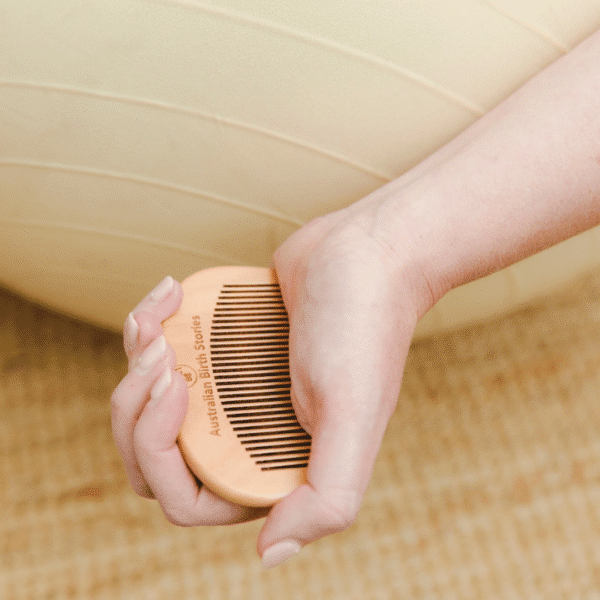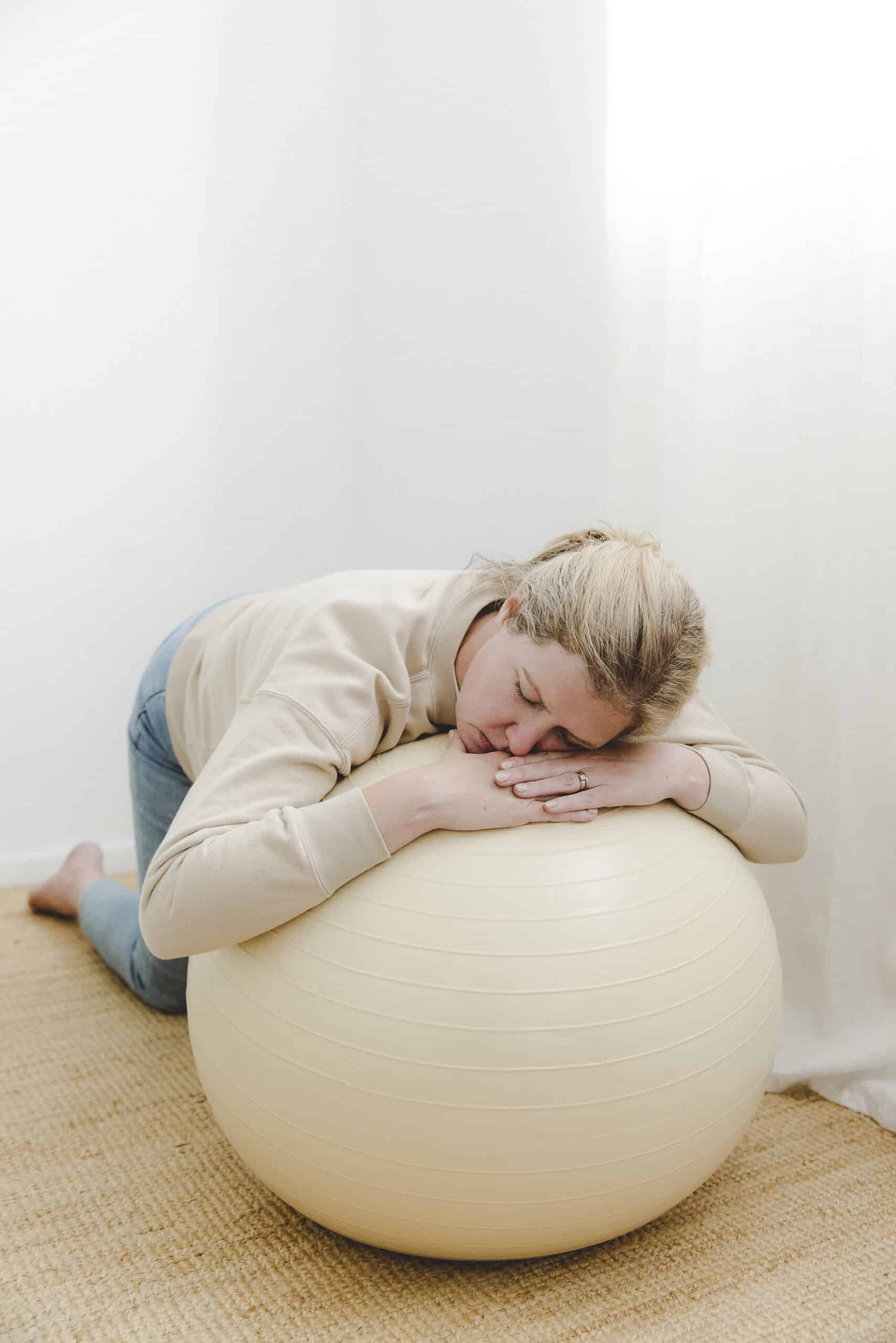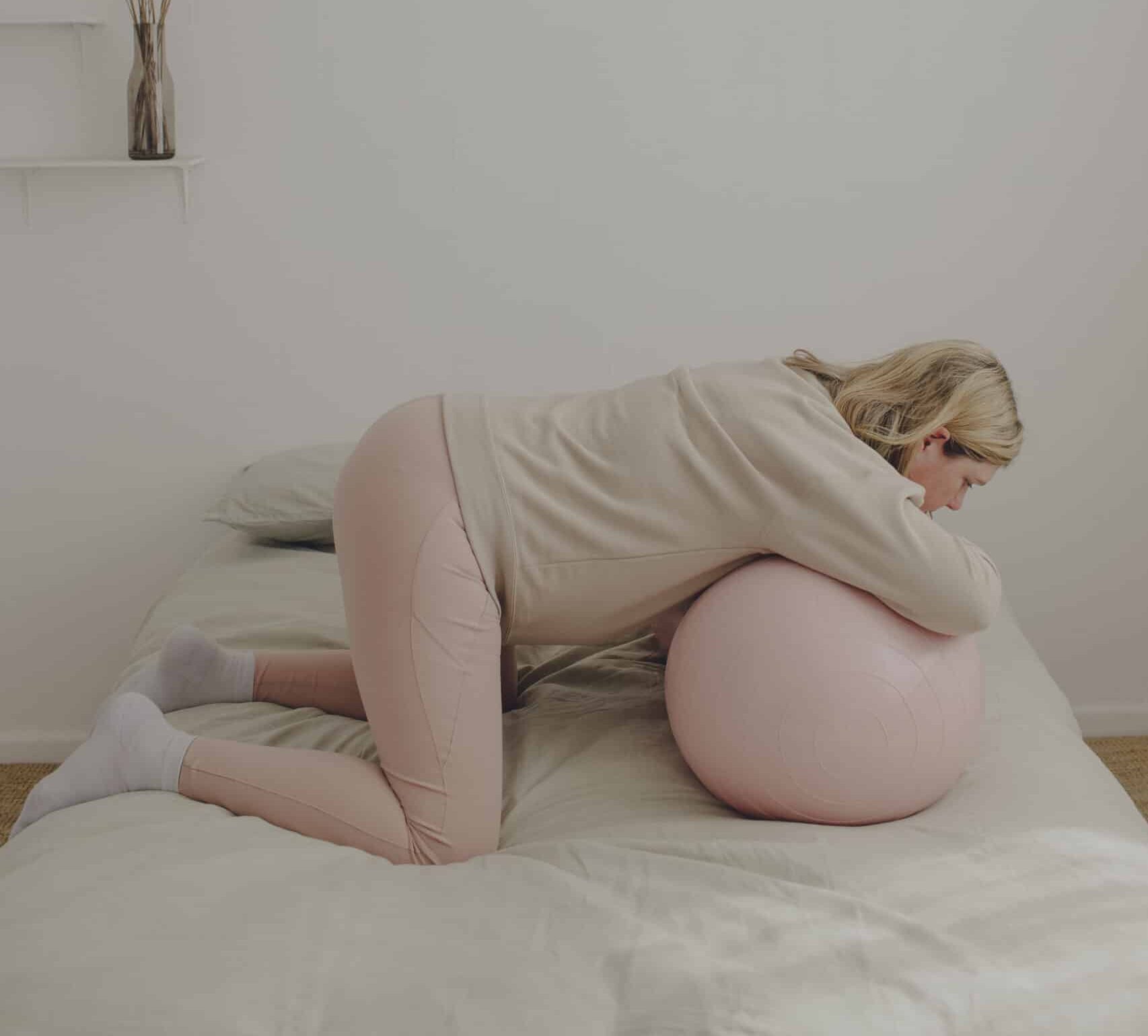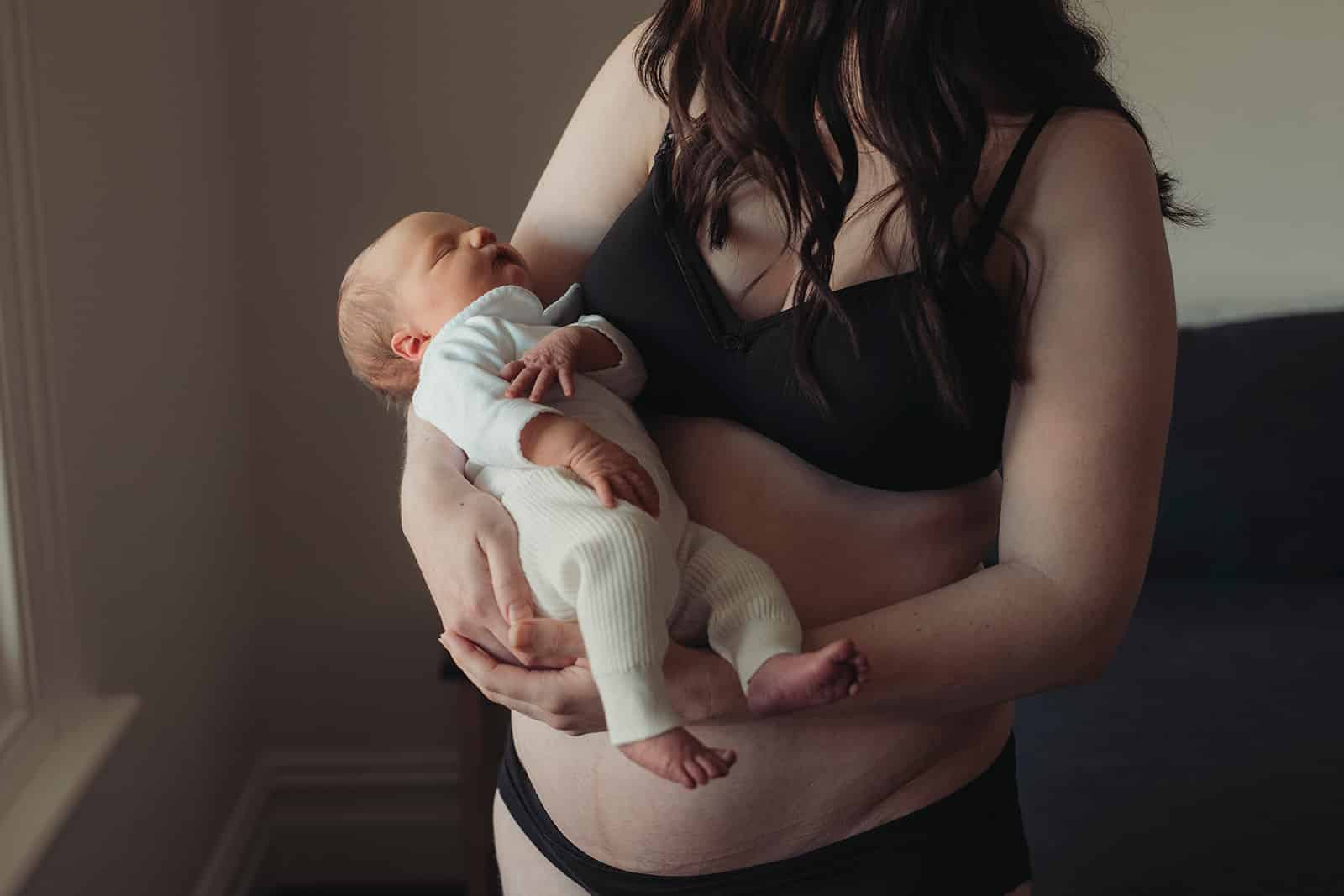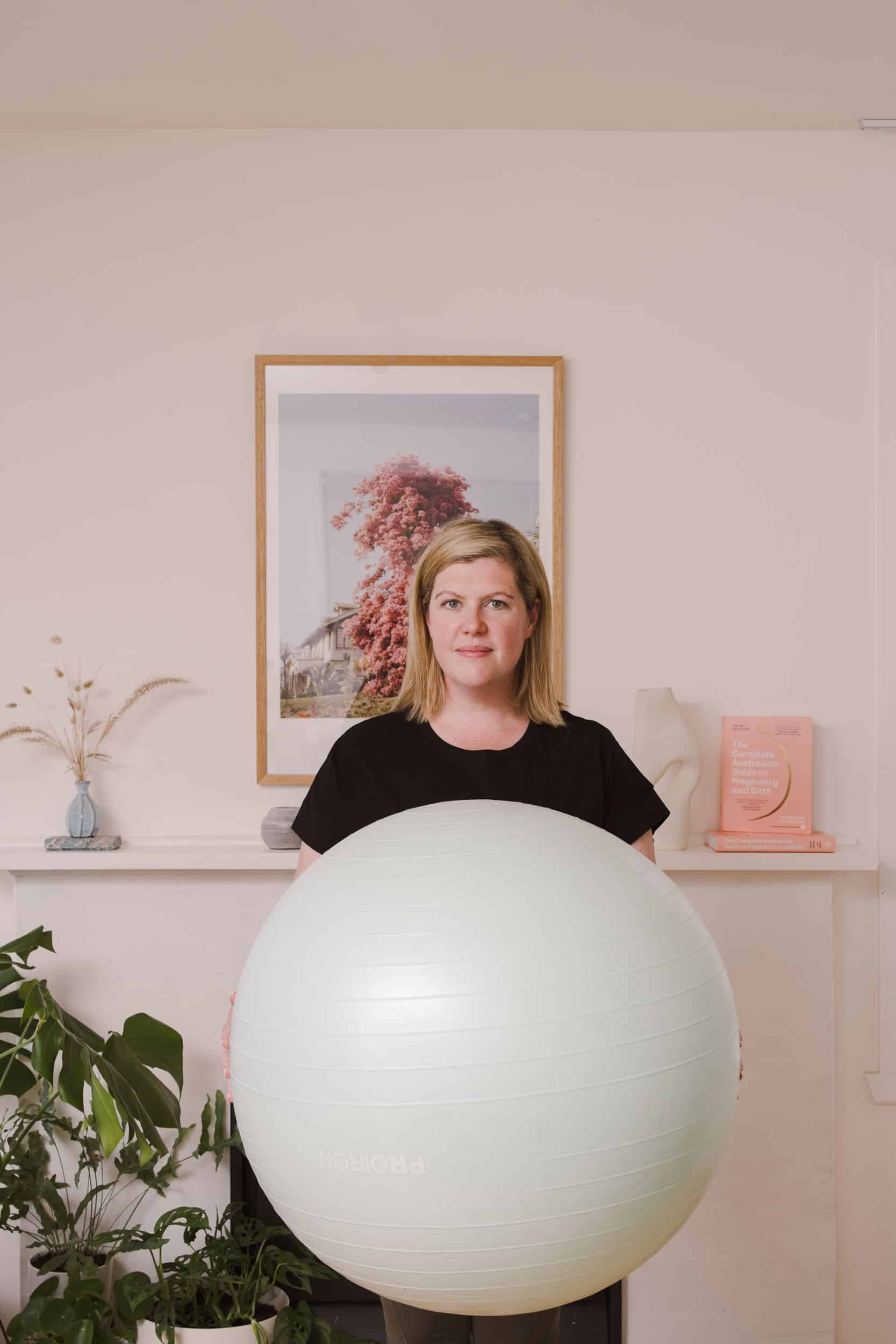Birth Pain Relief Options in Labour: From Natural Methods to Medical Pain Management
Pain Relief Options in Labour: From Natural Methods to Medical Pain Management
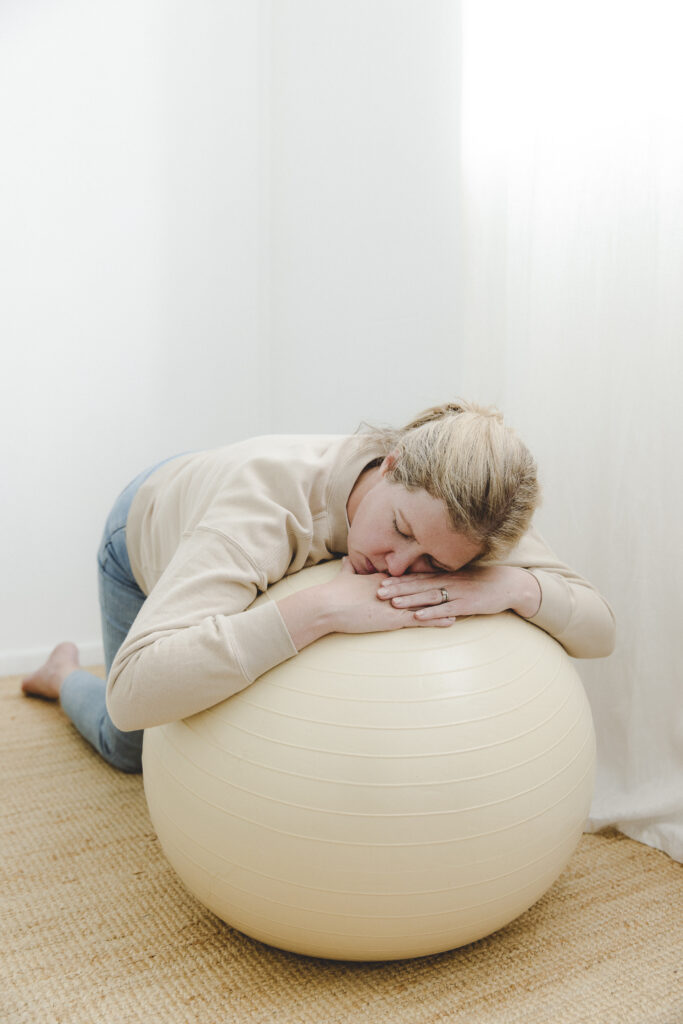
Regardless of where you're birthing and your intentions for pain management, it's a good idea to educate yourself about the benefits and risks of each intervention. This knowledge helps you enter labour aware and informed, with a strong understanding of the options available and how they can help or hinder your labour progression, birth and recovery. Today we'll cover all your options for managing labour pain, from natural methods to medical intervention.
Pain Relief During Labour and Birth: Your Complete Guide
**Reading Time**: 10 minutes
Types of Pain Relief Available During Labour and Birth
Whether you’re birthing at home, in a birth centre, or hospital, various pain relief options are available. Your choices might include starting with non-pharmacological options before considering medical pain relief, or you may prefer immediate access to medical pain management. Remember: this is your labour and there’s no right or wrong way to navigate and manage pain.
Natural Pain Management
Movement
Staying active during labour is a proven pain management strategy that also encourages your baby to move down into your pelvis, potentially speeding up your labour. Key advice: Don’t get on the bed! When contractions become overwhelming, it’s easy to freeze and tense up, triggering the fear-tension-pain cycle. Movement allows you to flow through contractions rather than resisting them.
TENS Machine
This safe, non-invasive option provides:
- Small electrical pulses through back electrodes
- Controlled pain management
- Release of natural endorphins
- No side effects
- Increased sense of control
Massage and Touch
Individual preferences vary:
- Some women love firm pressure
- Others prefer no touch
- Downward pressure can help ground you
- Consider packing odourless massage oil
Acupressure with Hair Comb
This technique:
- Uses gate control theory
- Provides alternative pain input
- Works best with wooden combs
- Targets specific pressure points
Sterile Water Injections
Research-backed pain relief especially effective for:
- Back labour
- Posterior positioned babies
- Pain between contractions
- Can be repeated every 2-3 hours
Water and Labour
Shower Benefits
- Helps focus awareness
- Eases back and belly tension
- Provides soothing sound therapy
- Offers gentle relief
Bath and Water Immersion
Benefits include:
- Buoyancy in active labour
- Muscle relaxation
- Reduced stress hormones
- Increased endorphins
- Potential energy conservation
- Decreased need for medical pain relief
Important considerations:
- Stay hydrated
- Monitor water temperature
- Watch for labour slowdown
- Follow care provider guidance
Medical Pain Relief Options
Gas and Air
This common first medical option:
- Combines nitrous oxide and oxygen
- Can be adjusted in strength
- Takes 15 seconds to peak
- May cause temporary nausea
- Leaves system quickly
Morphine
Understanding this strong option:
- Takes 20 minutes to work
- Lasts up to three hours
- Can affect both mother and baby
- Timing considerations important
- Requires monitoring
Epidural
For detailed information about epidurals, including benefits and risks, visit our comprehensive epidural guide.
Making Informed Choices
Consider:
– Birth location options
– Personal pain tolerance
– Support available
– Birth preferences
– Labour progression
Related Article:
– Complete Guide to Epidurals
– Understanding Labour Positions
Frequently Asked Questions
When should I start using pain relief in labour?
Each method has optimal timing. Natural methods can be used from early labour, while medical options are typically introduced in active labour.
Can I combine different pain relief methods?
Many pain relief options can be used together or in sequence as your labour progresses.
**Important Note**: Discuss your pain relief preferences with your healthcare provider when creating your birth plan.
Categories
Related Products
-
Birth Combs: Harness Your Body’s Natural Pain Relief
$24.95Crafted from smooth, natural wood, our birth combs activate specific pressure points in your hands that trigger your body’s innate pain-relieving responses.
Get your copy of our Perineal Massage Guide in your inbox
Keep Reading
We think you might enjoy these articles
@AustralianBirthStories
Follow along with us
@AustralianBirthStories
Follow along with us
@AustralianBirthStories
Follow along with us
@AustralianBirthStories
Follow along with us
@AustralianBirthStories
Follow along with us
@AustralianBirthStories
Follow along with us
@AustralianBirthStories
Follow along with us
@AustralianBirthStories
Follow along with us
@AustralianBirthStories
Follow along with us
@AustralianBirthStories
Follow along with us
@AustralianBirthStories
Follow along with us
@AustralianBirthStories
Follow along with us
